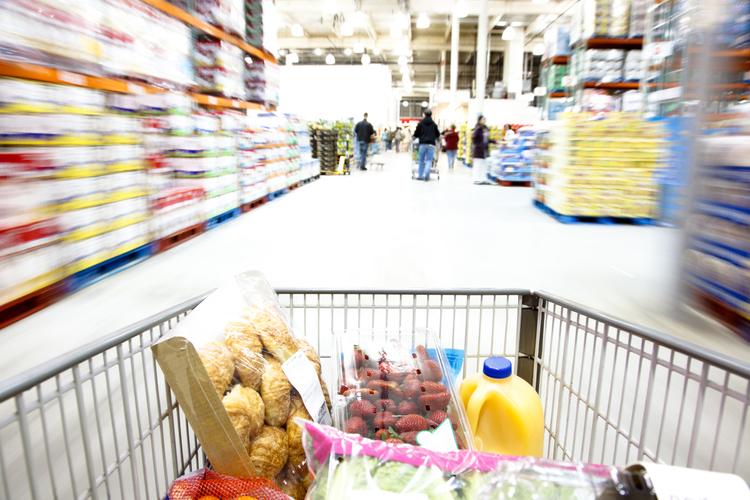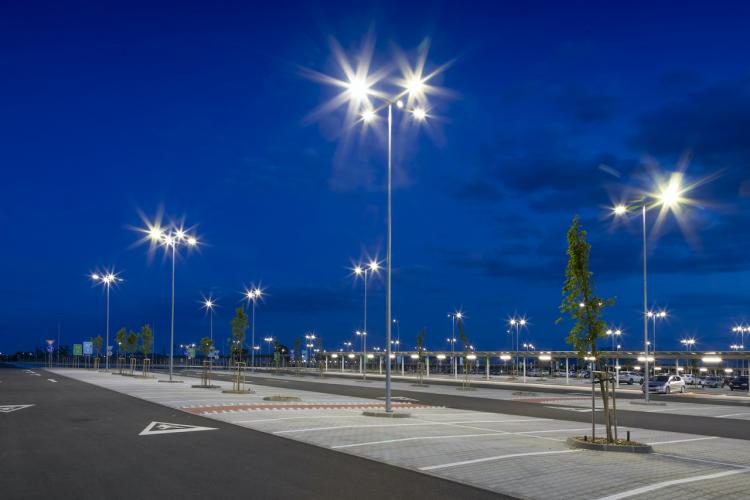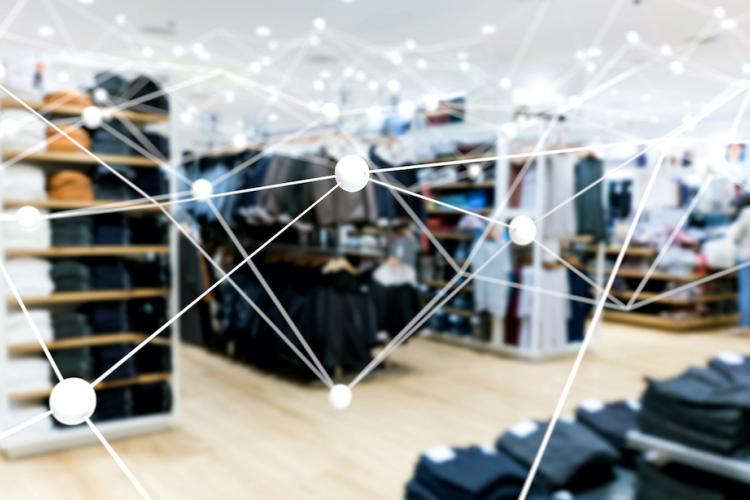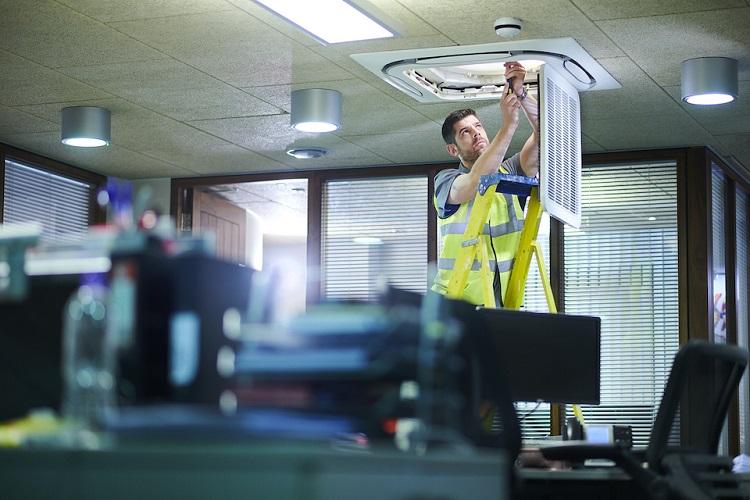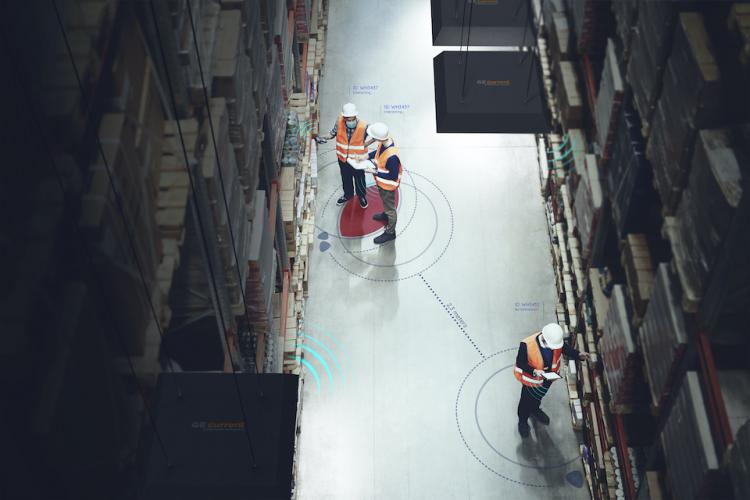5 Hot Trends in Cold Chain Management
5 Hot Trends in Cold Chain Management
Cold chain management has become more complex and critical for food and beverage retailers as America’s appetite for fresh fruits, vegetables, meats, seafood and dairy steadily grows. Fortunately, Internet of Things (IoT) tools, technologies and strategies are simplifying the difficult task of ensuring optimal shelf life for produce and other products that may travel thousands of miles before arriving at local supermarkets.
Current partners with top food retailers to imagine new possibilities in stores and behind the scenes, including intelligent solutions for cold chain management that help tie supply, storage and stocking activities together to win shoppers and eliminate waste. In this review, we look at the trends that are shaping the future of cold chain management in the grocery sector:
1. Consumers Are Flocking to Fresh Foods
Health trends are pushing more and more consumers away from middle aisles to the perimeter of the store, where growth has outpaced other food and beverage departments over the past four years say analysts at market research firm IRI and the Food Marketing Institute. In fact, the only departments at physical grocery stores with positive volume growth last year were Bakery (+.6%), Meat (+.1%) and Produce (+.6%), reports The Wall Street Journal.
All signs emphatically point to shoppers demanding more fresh diet choices moving forward. For grocers, the importance of ensuring a ripe, crisp and plentiful selection is perfectly clear.
2. Shoppers Say, “Show Me the Journey!”
Chain Store Age points out the importance of authenticating fresh foods. What is needed, says the magazine, is for supermarkets to tell—and validate—their fresh foods story. With digital tools and intelligent devices, retailers have more information to help substantiate how foods remain fresh from “farm to table.” This data can be used to create a competitive advantage, building the authenticity of their brand. Future technologies and regulations will create an even more transparent route for fresh foods, and leading retailers will find innovative ways to transform this data into marketing messaging to foster loyal customers.
3. Real-Time Data is Driving Ultra-Responsive Operations
Intelligent assets are helping retailers and suppliers ensure the quality of fresh foods in transit by making it easier to maintain unbroken temperature control. For instance, a growing number of refrigerated cargo containers can be remotely monitored and controlled using IoT devices and cloud-based software applications. Beyond standard refrigeration equipment, smart reefer containers can use ozone generating units, venting valves and other measures to create optimal conditions for perishable products. These acclimatizing systems are linked to sensors and transmitters on the reefer that connect with the online management application, sharing data such as temperature and CO2 readings, or if light is entering the container.
Instantly knowing a container’s current state can avoid problems such as a shipment of lettuce left to wilt in the sun. As the temperature rises, an alert is triggered in the system. The reefer owner can then resolve the matter with a call to the loading dock rather than argue about reimbursement after the fact. Additionally, the container may use automated means to maintain the temperature and atmosphere to strict parameters, sending its location and status to the cloud every few minutes. For those tasked with managing supply and minimizing loss, it’s just one way that greater visibility into the cold chain is driving new efficiencies.
4. Cloud Platforms are Powering New Possibilities
Meeting the demand for real-time data requires an IT infrastructure that can collect, analyze and share the data where and when it’s needed. And only by harnessing IoT technologies can organizations utilize the data that exists within their physical environments to unlock business value across the cold chain in the form of reduced waste, brand equity and rapid ROI. Of course, effectively managing this process can be costly as it relates to logistics, maintenance and other factors. Unforeseen changes in temperature, machinery failures or truck breakdowns all have the potential to increase the risk of unhappy customers, damaged brand reputation and/or wasted food.
The welcome news is that sophisticated IoT software solutions can now provide access to new streams of data from both legacy and modern devices, without the need for replacement infrastructure and all through one single view of the cold chain. These web-based platforms leverage real-time information from the production, manufacturing, storage and distribution stages to help companies effectively monitor and manage temperature, asset health, vehicle location, work flow and environmental data, where only the most actionable data is pushed up through the system for use, storage, process automation and resolution.
In the years ahead, there is little doubt such edge-to-cloud strategies will become imperative to reducing waste, reassigning resources, improving maintenance regimes, and assuring the highest-quality meats and produce.
5. Blockchain Meets Cold Chain
Blockchain is poised to transform the food industry, says Food Logistics, but what is it exactly? Essentially, a blockchain is a permanent, ordered, digital history of transactions that cannot be modified or deleted without the consensus of others on the network (authorized parties able to tap the blockchain). This unchangeable record-keeping solution is the same public ledger technology used to verify cryptocurrency exchanges, namely Bitcoin.
Food Logistics paints the picture of a company that manages the ripening process for produce and connects to cold storage, transporters and buyers with the goal of providing optimally fresh food. How this process is validated can be answered on the blockchain as a single activity of record. Blockchain provides the ability to validate that certain actions or events are occurring as intended from the fulfillment process through transportation tracking all the way to final purchase.
In a benchmark survey, Chain Business Insights reveals that supply chain professionals view improved supply chain visibility/transparency (45.9%) as the primary advantage of blockchain, followed by reduced transaction costs (24.3%) and enhanced trust between partners (13.5%). It’s good evidence that while food retailers won’t be paying their suppliers in cryptocurrency anytime soon, blockchain is here to stay.
Effective cold chain management is a constant challenge for all who must ensure an uninterrupted series of temperature-controlled events, but advances in transport technology, cloud computing and transaction processing are making it simpler for retailers to bring shoppers a wide variety of fresh food choices that look, smell and taste their very best the moment they hit store shelves. Many companies will also discover major savings stemming from greater visibility into the cold chain, and this has the industry warming up to a world of opportunity.


